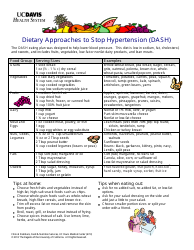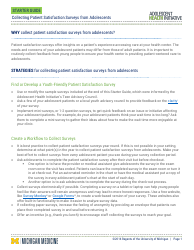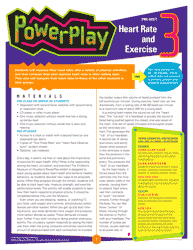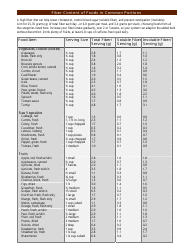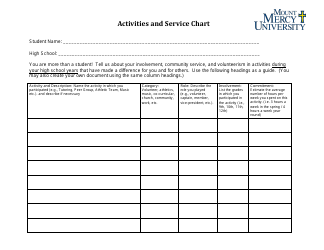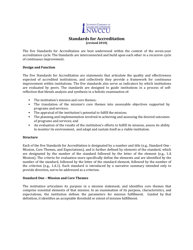Gout Nutrition Chart - the Regents of the University of California
The Regents of the University of California may have developed a Gout Nutrition Chart to provide dietary guidance and recommendations for individuals with gout. It could be a resource to help manage the condition by promoting a healthy and balanced diet that may alleviate symptoms and reduce the risk of gout attacks.
FAQ
Q: What is a gout nutrition chart?
A: A gout nutrition chart is a visual guide that provides information about foods that are low or high in purines, which can affect gout symptoms.
Q: How can a gout nutrition chart help?
A: A gout nutrition chart can help individuals with gout make informed food choices by identifying which foods are safe to eat and which ones should be avoided or consumed in moderation.
Q: What are purines?
A: Purines are natural substances found in certain foods. When purines are broken down by the body, they produce uric acid, which can contribute to gout.
Q: Which foods are high in purines?
A: Foods high in purines include organ meats (like liver and kidneys), seafood, red meat, alcohol (especially beer), and some vegetables (like mushrooms and asparagus).
Q: Which foods are low in purines?
A: Foods low in purines include most fruits, vegetables, whole grains, low-fat dairy products, eggs, and nuts.
Q: Should someone with gout avoid all high-purine foods?
A: It is not necessary to completely avoid all high-purine foods, but they should be consumed in moderation. It is important to maintain a balanced diet.
Q: Is there a specific gout nutrition chart available?
A: Yes, the Regents of the University of California has a gout nutrition chart that provides guidance on food choices for individuals with gout.


